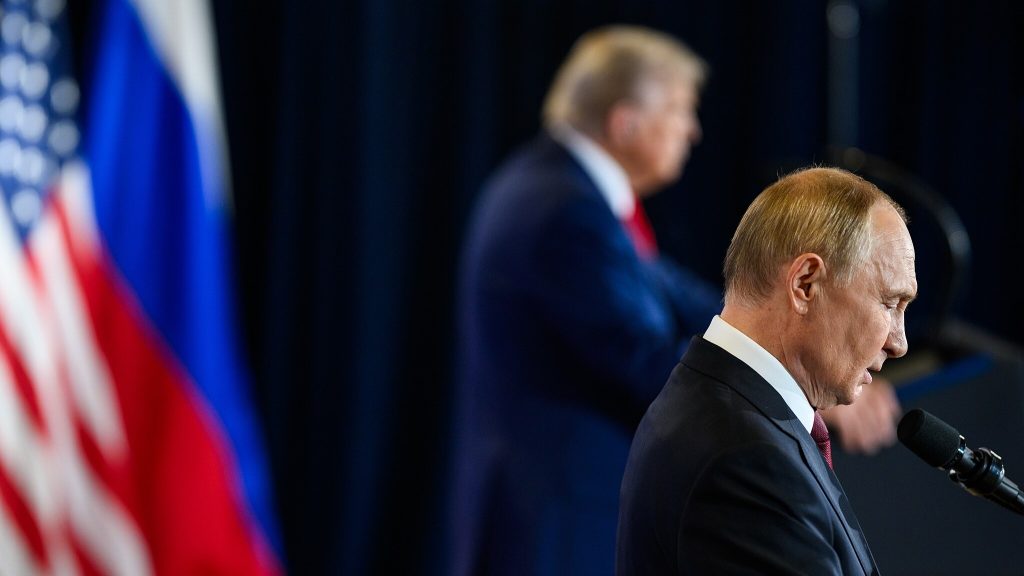Trump Falls for Putin’s Trap Yet Again
Others are reading now
Trump Falls for Putin’s Trap Yet Again
Trump, Putin, and the future of Ukraine: what’s at stake
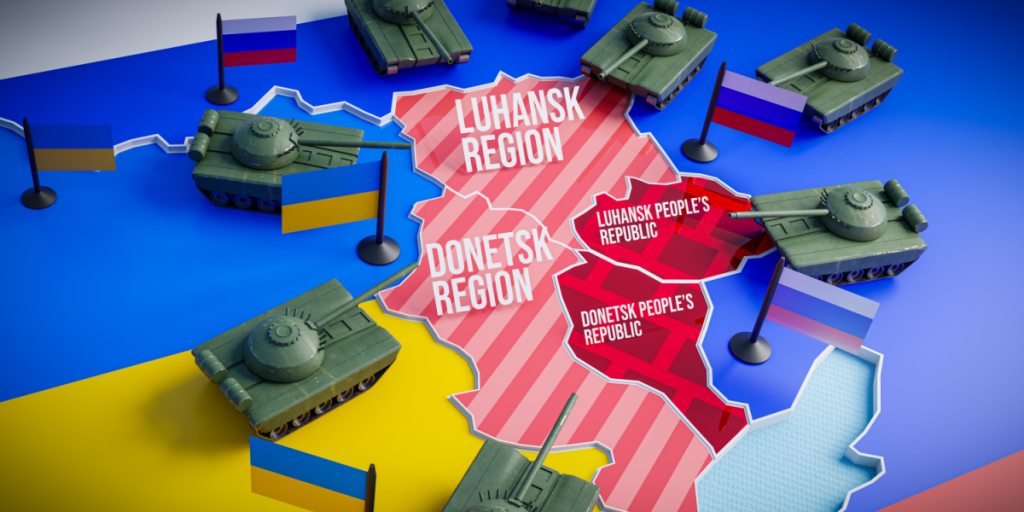
The war in Ukraine has spanned more than a decade, intensifying with Russia’s full-scale invasion in 2022.
As the conflict drags on, U.S. President Donald Trump has re-emerged as a key figure—potentially influencing whether Ukraine continues receiving critical support or is pressured into concessions.
With his return to the global stage, Trump’s choices could alter the course of the war and shape Europe’s security for years to come.
A complicated history: Trump and Putin’s curious relationship
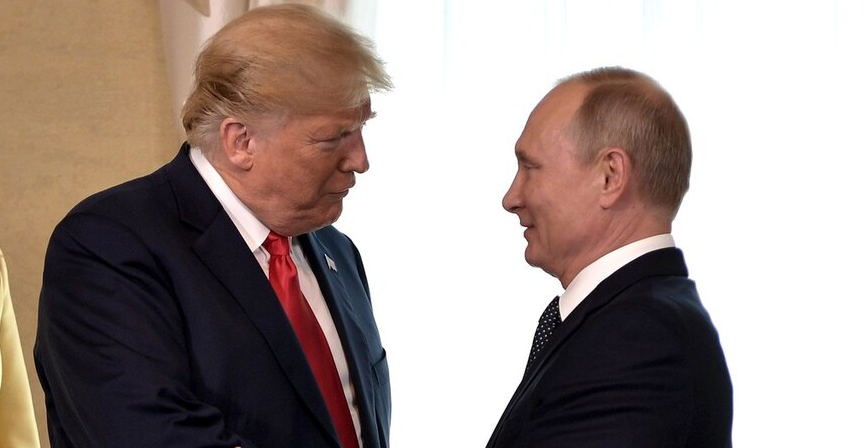
Donald Trump and Vladimir Putin have shared a uniquely controversial relationship. Throughout his presidency, Trump often praised Putin’s leadership style while raising eyebrows for criticizing NATO and wavering on support for Ukraine.
Also read
Critics say this dynamic has emboldened the Russian leader, while supporters argue Trump’s unpredictability kept adversaries in check. Either way, their connection continues to cast a long shadow over U.S. foreign policy.
A dramatic reversal: from support to surrender?
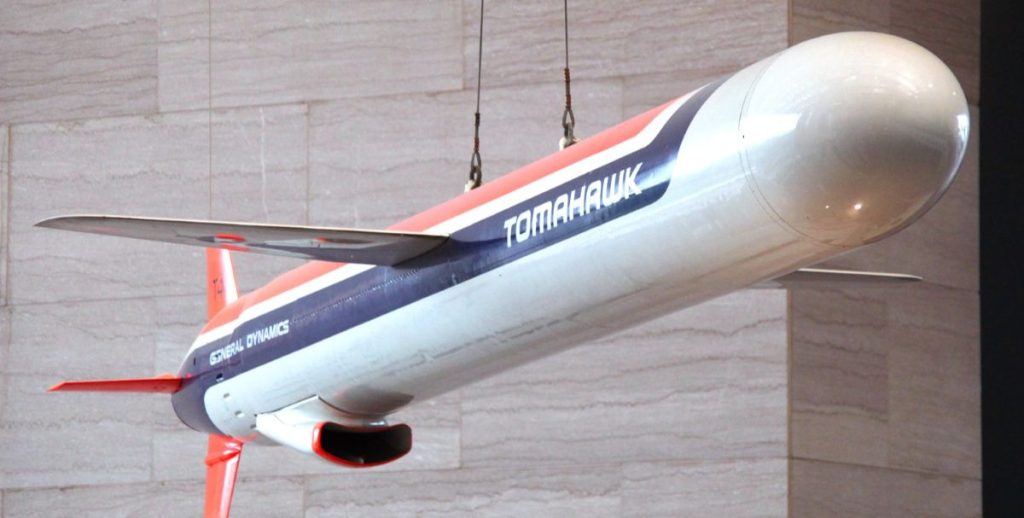
Just one week before his most recent meeting with Volodymyr Zelensky, all signs pointed to Trump allowing Ukraine to acquire long-range Tomahawk missiles.
According to TIME, this would have significantly increased Ukraine’s ability to hit military targets inside Russia. But instead, Trump reversed course—refusing the weapons and returning to old talking points that included urging Ukraine to give up Donbas, a region Russia has failed to fully control in 11 years of war.
“Ukraine will be destroyed”: tensions boil over in Washington
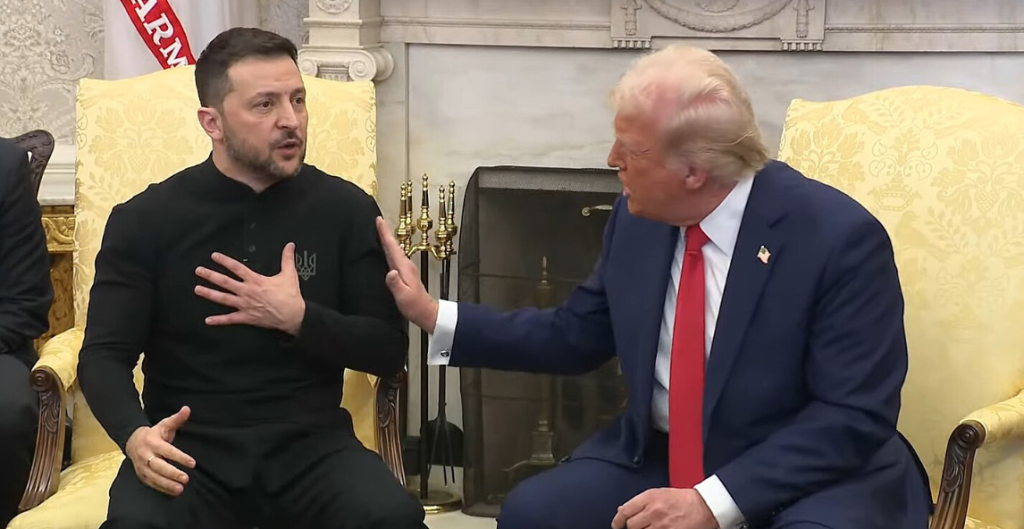
As Financial Times reports, Trump warned that Ukraine would be “destroyed” if it didn’t submit to Putin’s demands.
He allegedly threw maps of the frontline across the room, swore repeatedly, and called the war a “special operation”—mirroring Kremlin language. The encounter resembled a previous shouting match in the Oval Office earlier this year.
Also read
A secret call and a Budapest summit
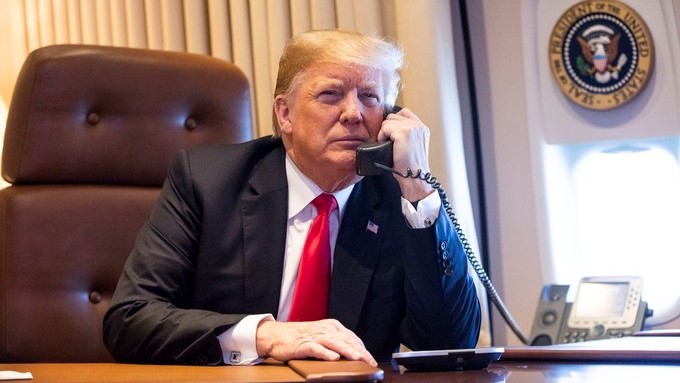
According to the BBC, while Zelensky was en route to the U.S., Trump held a surprise two-and-a-half-hour call with Putin. The two leaders reportedly agreed to hold a second in-person summit—this time in Budapest, Hungary.
The location is significant: Hungarian Prime Minister Viktor Orbán has been one of the few Western leaders to align closely with Moscow.
For many in Europe, the prospect of Putin appearing alongside Trump on NATO soil—despite an active ICC arrest warrant—is seen as diplomatically disastrous, TIME reports.
The optics: A gift for Kremlin propaganda
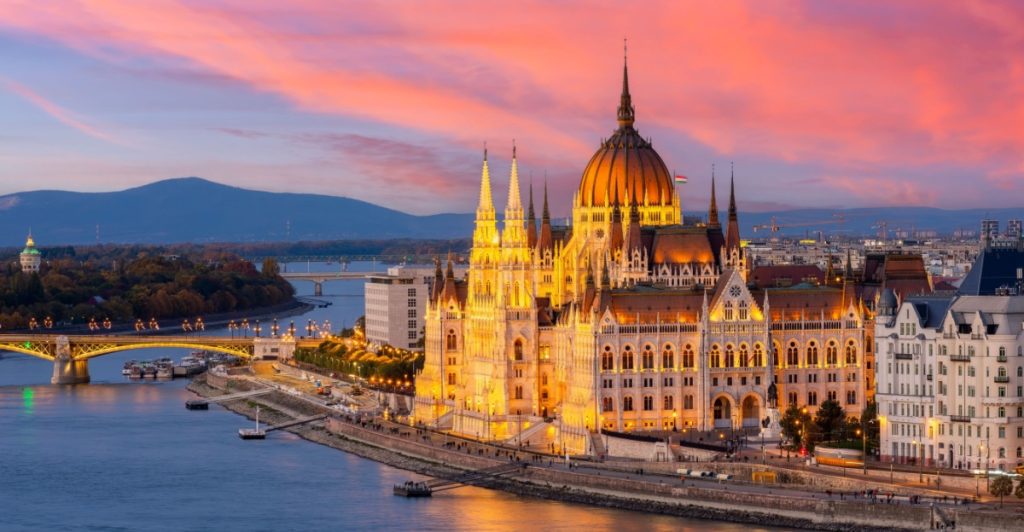
The planned summit in Budapest isn’t just symbolic—it’s strategic. As TIME notes, Putin’s appearance with Trump in a NATO country risks undermining Western unity. It also gives Russia a major propaganda win.
Instead of being isolated, Putin would appear as a respected statesman welcomed by one of the West’s most powerful figures. For Ukraine and its allies, that image could undo years of effort to hold the Kremlin accountable.
Also read
Attacks have increased since Trump took office
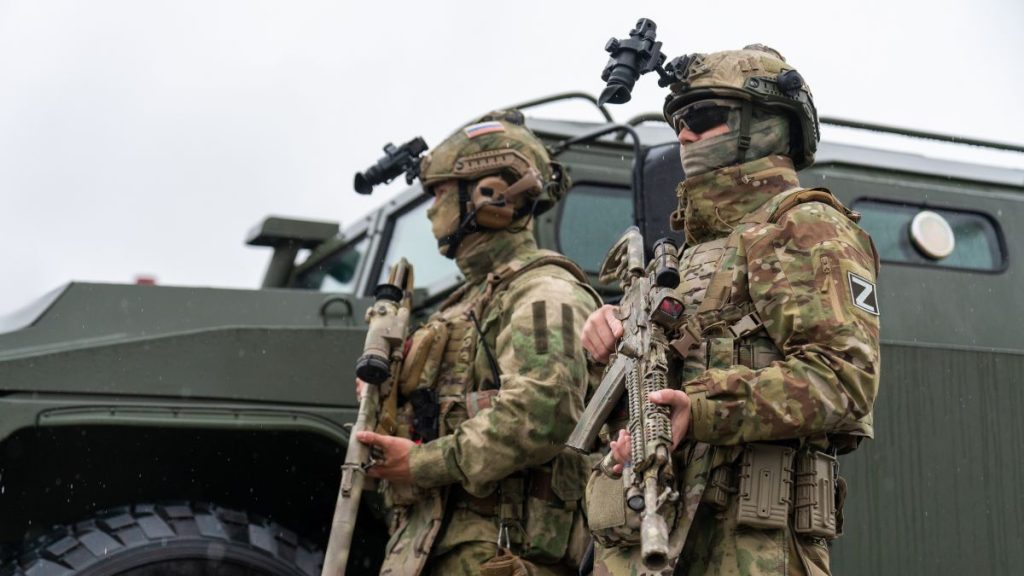
Despite moments of strong rhetoric, Trump’s return to power has coincided with worsening conditions in Ukraine.
According to a BBC Verify report cited by TIME, Russian attacks on Ukraine have doubled since Trump took office. Recent weeks have seen Russian drones crossing into NATO airspace. While Trump has expressed a desire to end the war, critics warn that appeasing Putin may only invite further aggression.
The Nobel narrative and the cost of peace
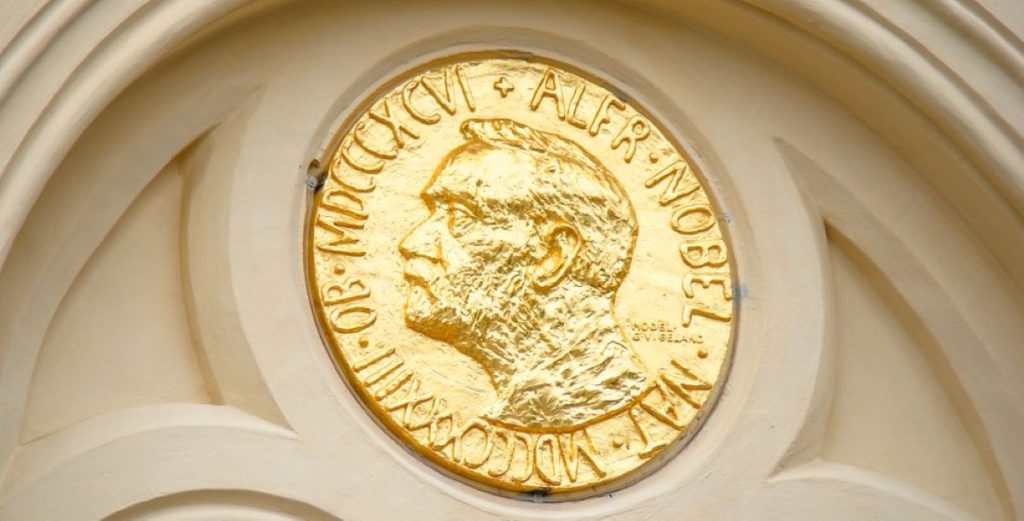
Trump has openly expressed his desire to win a Nobel Peace Prize, according to TIME.
However, if peace comes at the cost of Ukraine’s sovereignty—such as handing over Donbas—the outcome would likely be seen not as diplomacy, but capitulation. The article warns that rewarding Putin while punishing Kyiv sends a dangerous message, and risks encouraging further escalation from the Kremlin.
What we’ve learned
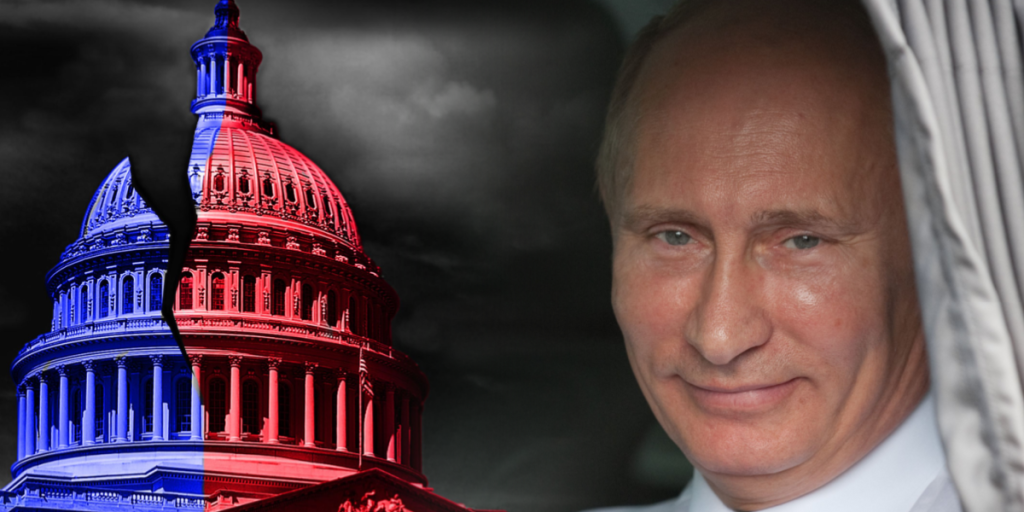
The dynamics between Trump and Putin have once again shifted global attention—and raised serious concerns. Trump’s reversal on weapons, volatile meeting with Zelensky, and willingness to entertain Putin’s demands all point toward a troubling realignment.
Also read
For Ukraine, these developments threaten both military support and political leverage. For the West, they expose fractures in unity at a critical time.
A dangerous pattern—and a narrow window for change
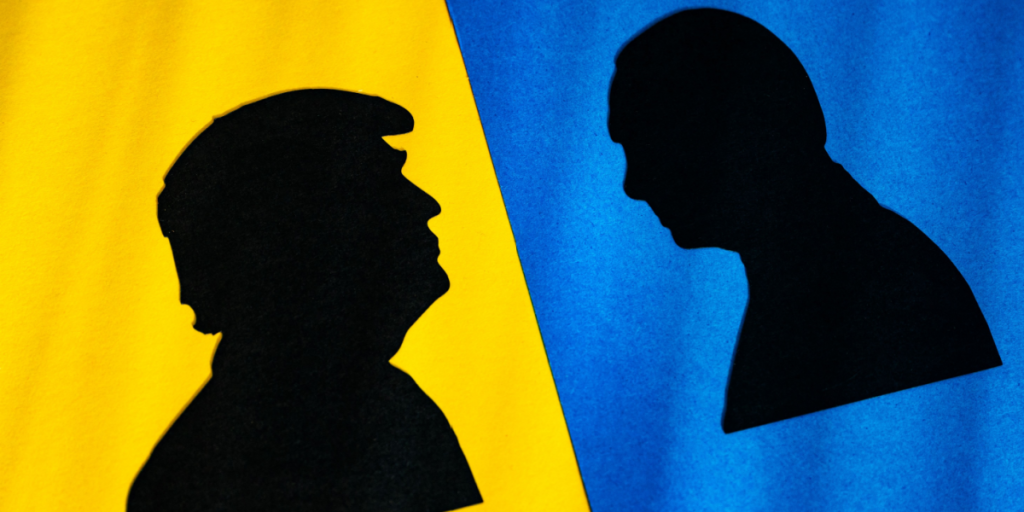
Putin has consistently tested the limits of Western resolve. As TIME notes, his success in Syria and the muted response to Crimea in 2014 likely encouraged his full-scale invasion in 2022.
Trump’s decision to withdraw missile support and meet Putin again—on NATO soil—may embolden the Russian leader further.

